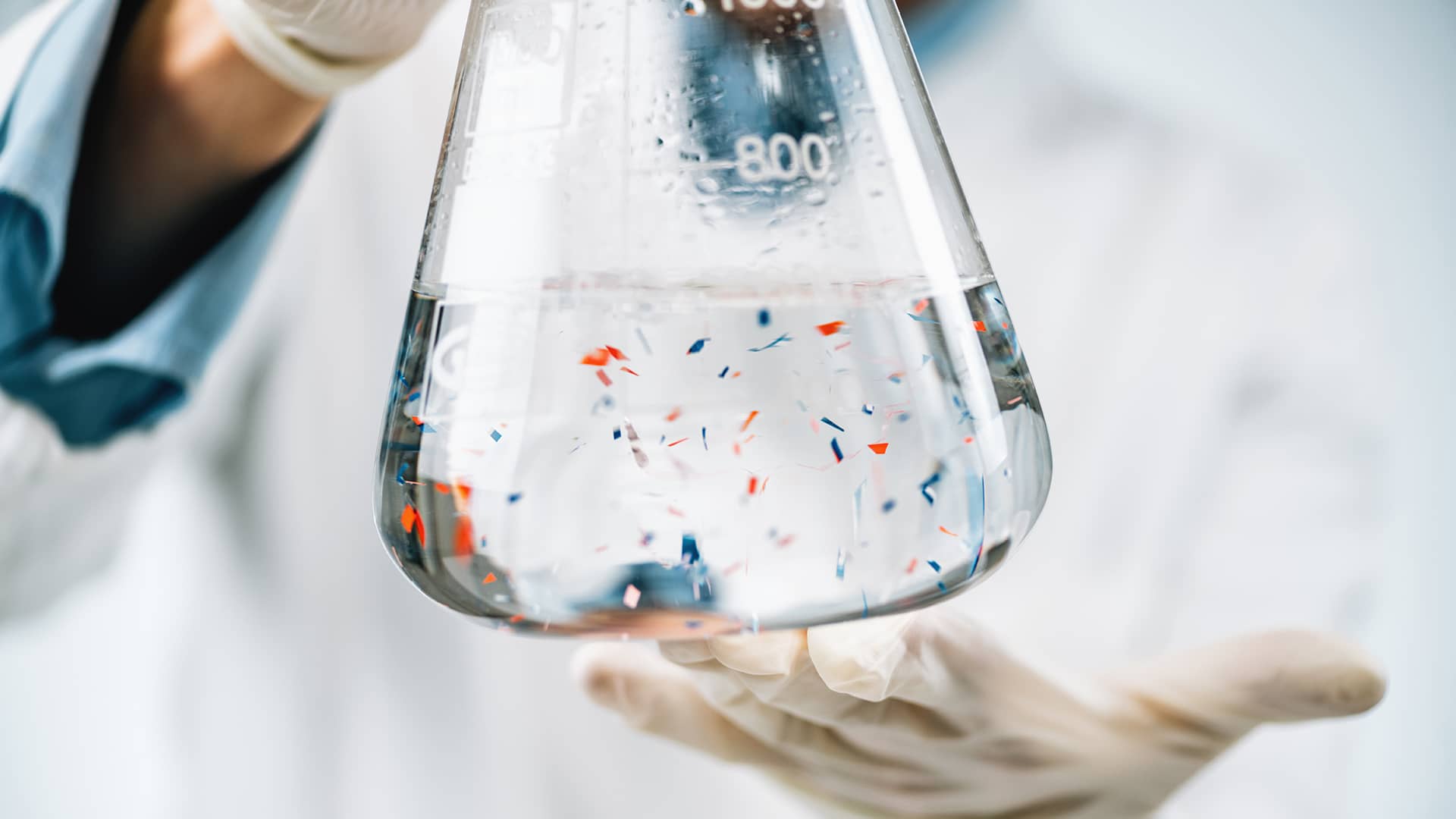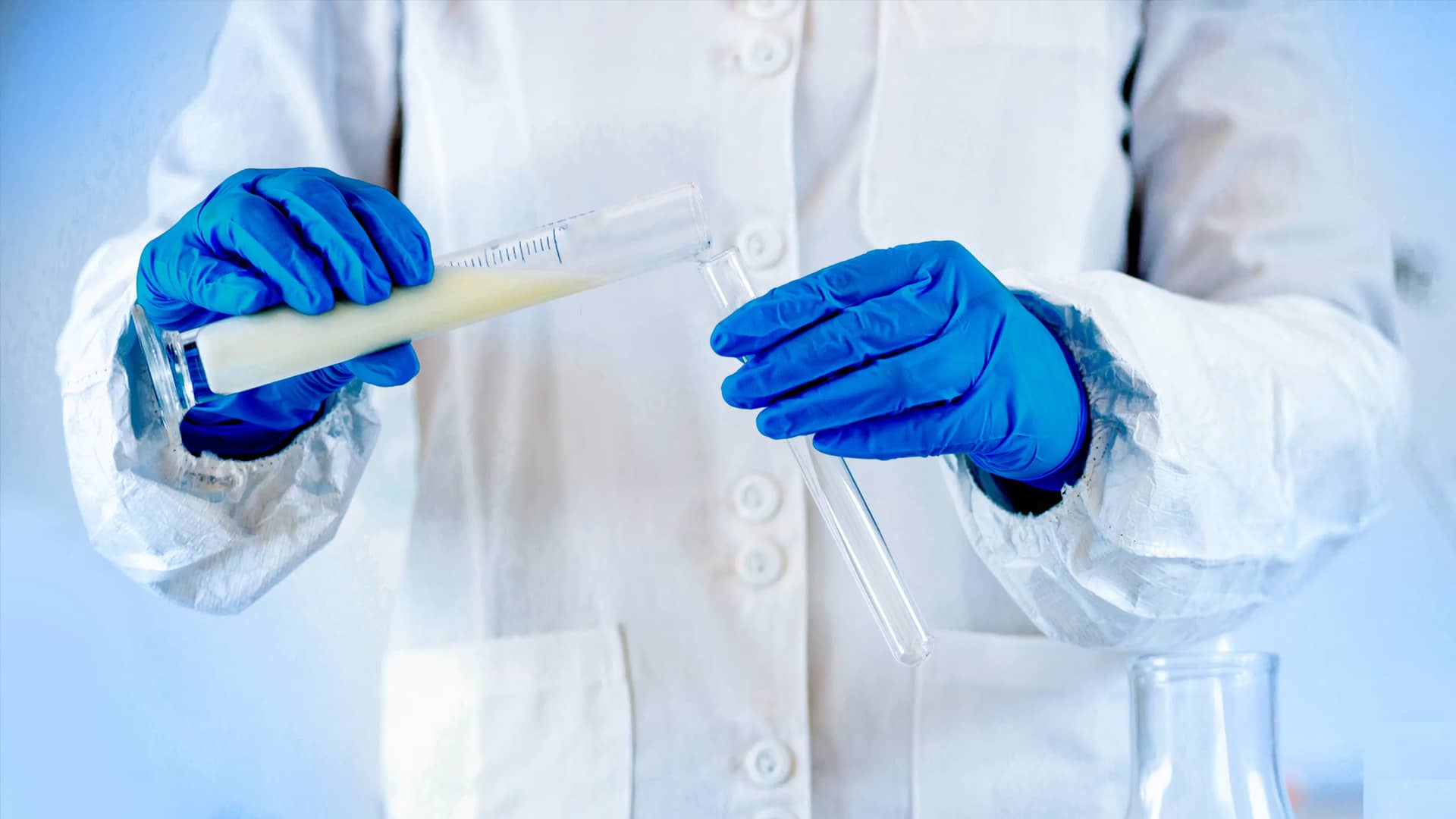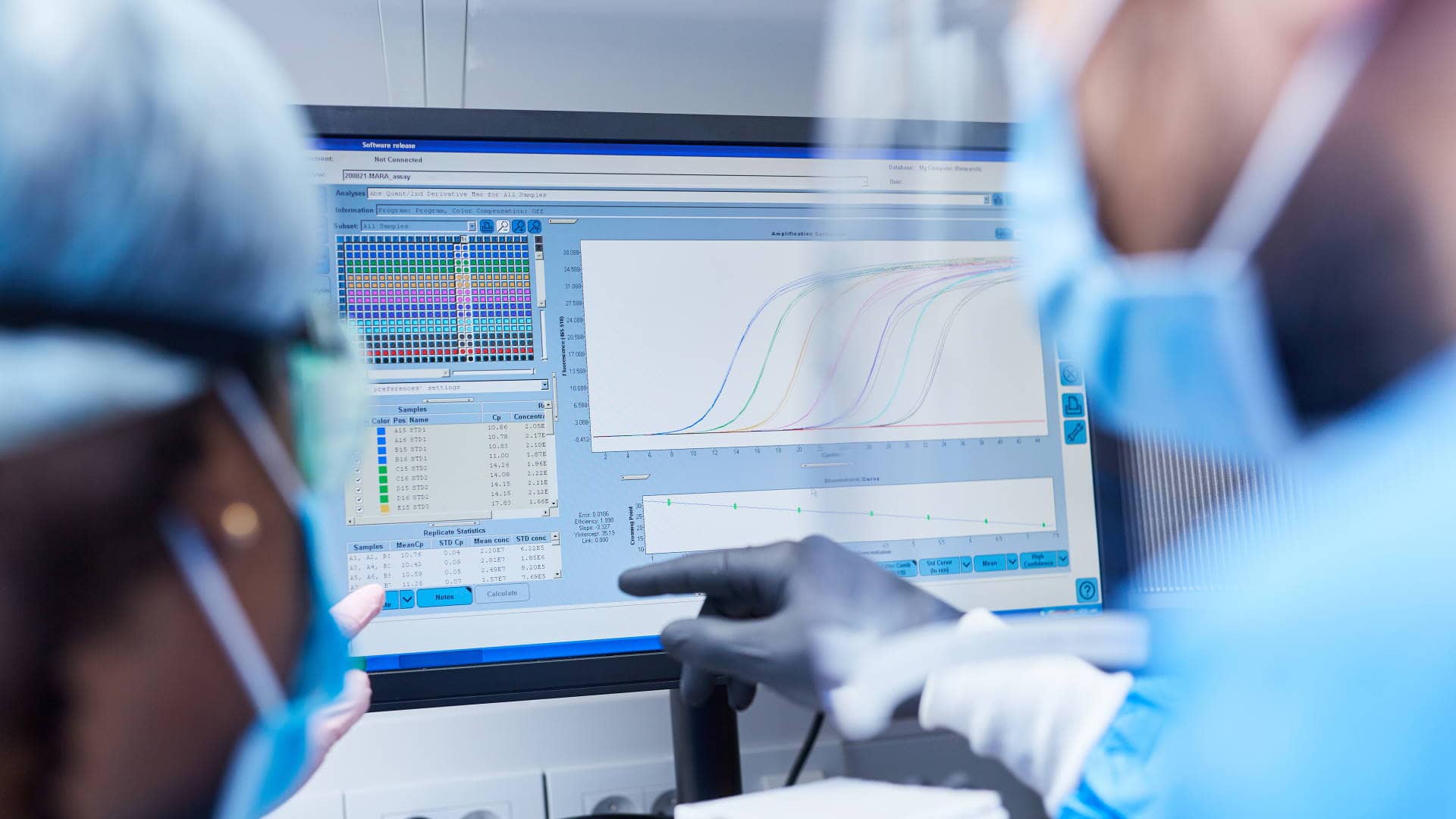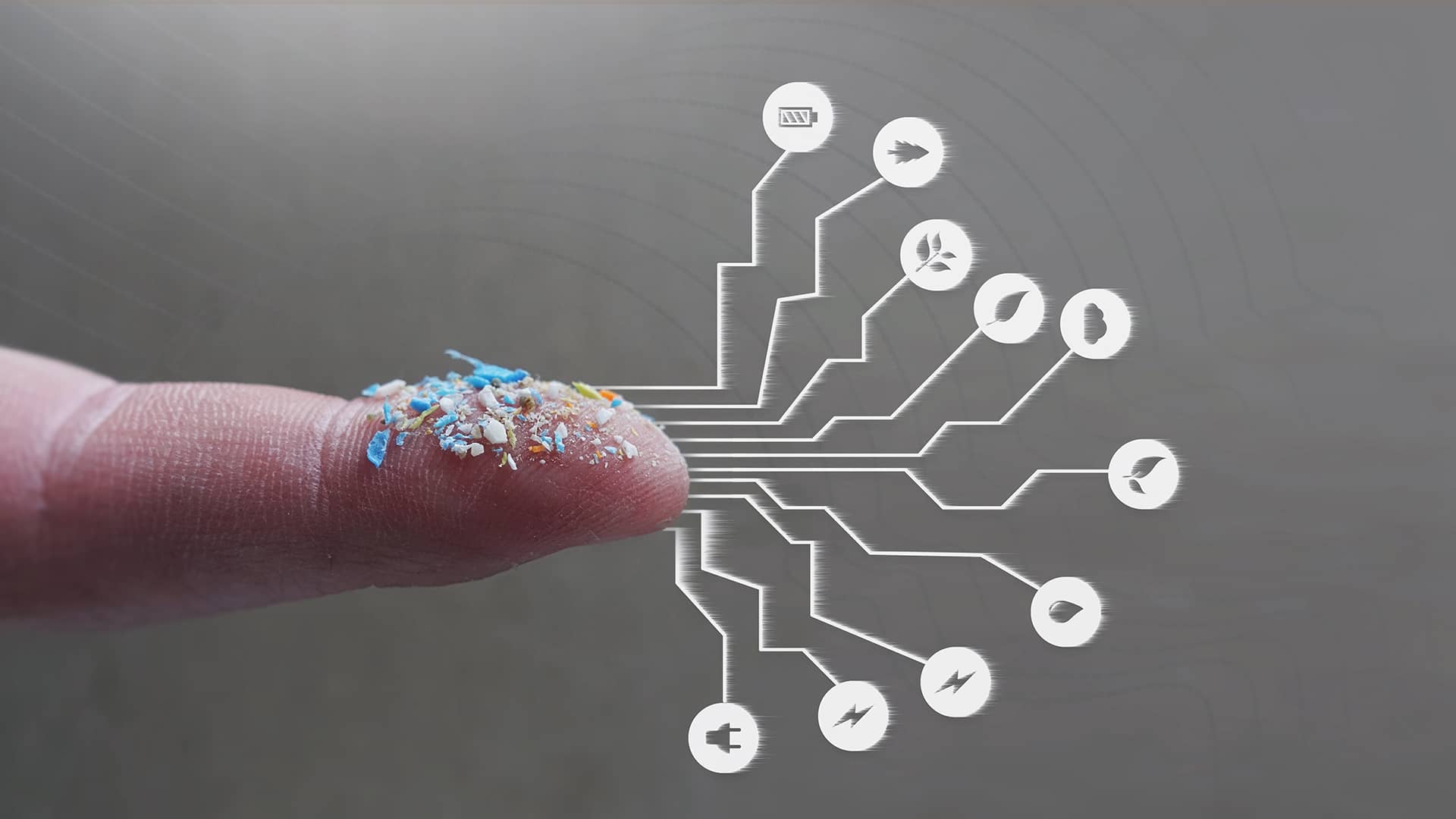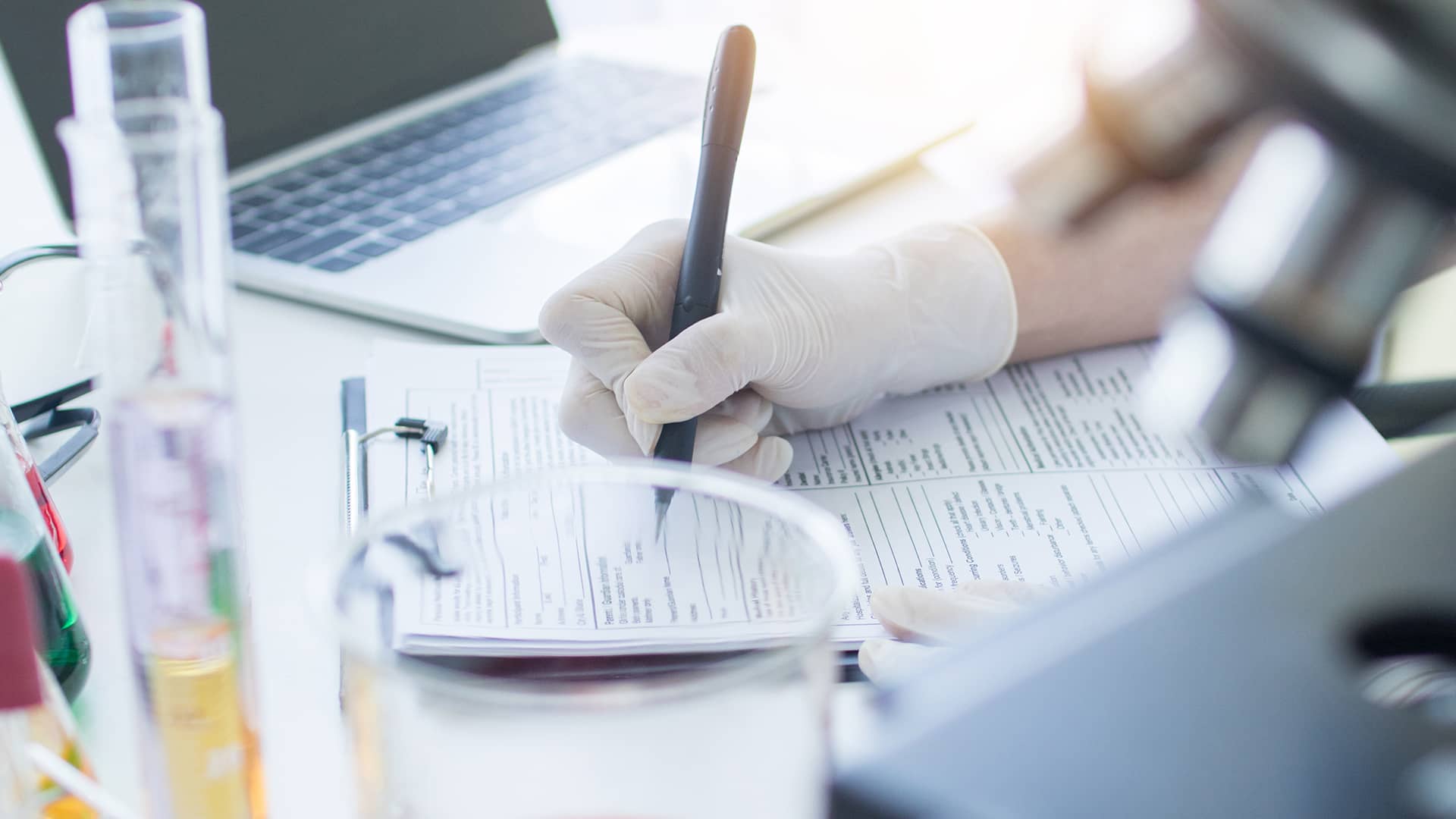Interlaboratory comparison: validation of reference materials and analytical methods
The general aim of this work package is to demonstrate the validity and applicability of the reference materials and the methods developed in WP1-3 via interlaboratory comparisons.
The consortium will select SMPs/NPs particles prepared in WP1 to be characterised via an interlaboratory comparison involving the participants of the project, in order to establish metrological procedures for the development of reference materials and to assess reference values. For particles > 10 µm at least two types of neat polymers of different density will be selected. Since preparation of reference particles < 10 µm and measurement of homogeneity and stability in WP1 are challenging, only one type of neat polymers < 10 µm will be selected to be characterised via a second ILC.
An interlaboratory comparison study involving the participants and external laboratories will be organised to demonstrate the state of the art of measurement capabilities developed in WP2 and WP3 for analysis of matrix materials. At least one matrix will be selected by the consortium as representative of food and environmental matrices studied in WP2. The matrix will be spiked with SMPs reference materials characterised through the previous ILC. The possibility to distribute to the ILC participants a matrix spiked with NPs will also be evaluated. As part of the comparison, best practice guidance on the traceable measurement and characterisation of SMPs and NPs in food and environmental matrices will be developed.
Leader
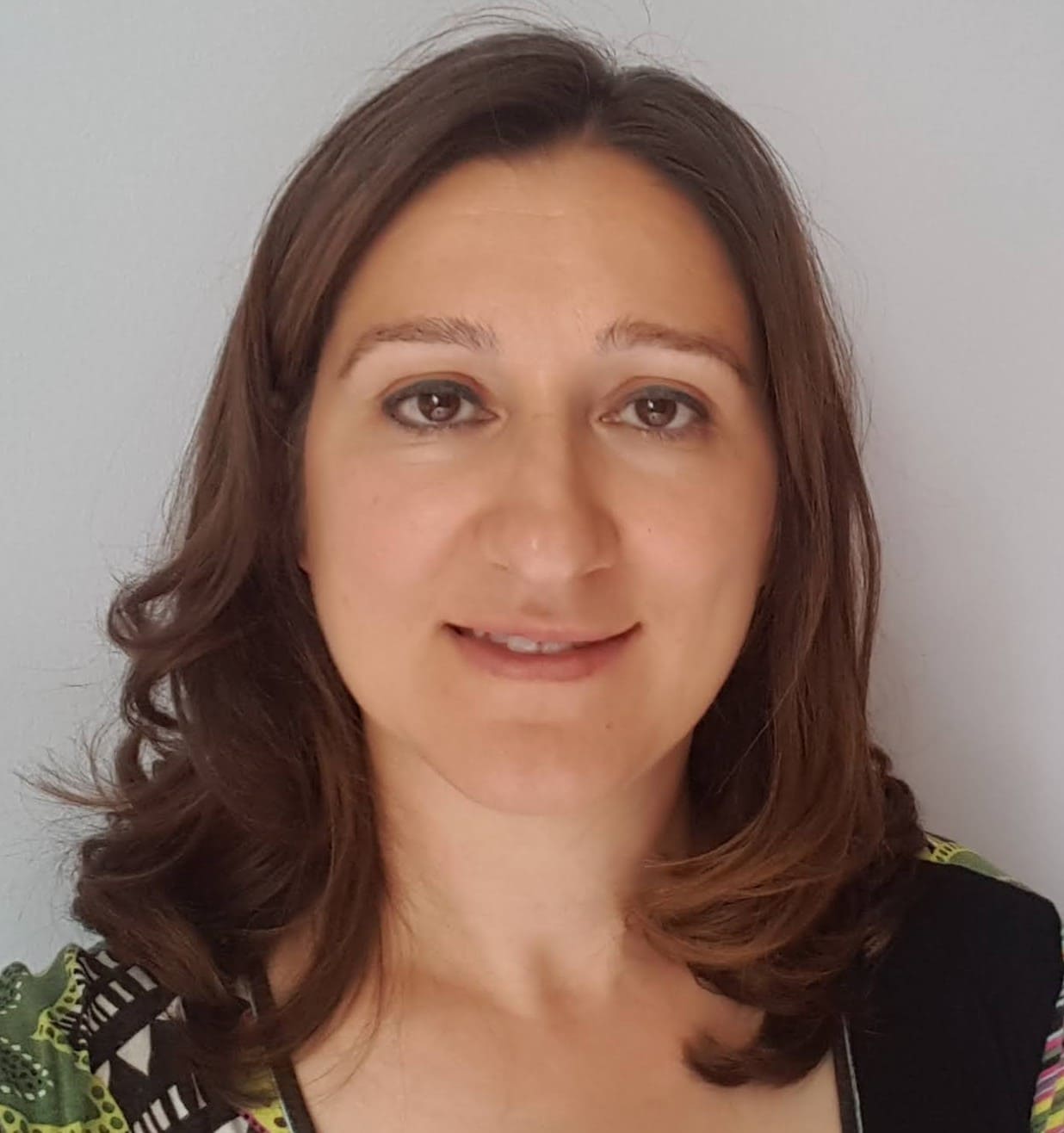
Main Goal
Demonstrate the validity and applicability of the reference materials and the methods developed in WP1-3 via interlaboratory comparisons.
Key Outputs
- Analytical standards and candidate (not yet certified) SRMs, CRMs
- Validation of measurement capabilities for SMPs/NPs in complex matrices;
- Assess the feasibility of methods application into monitoring studies
